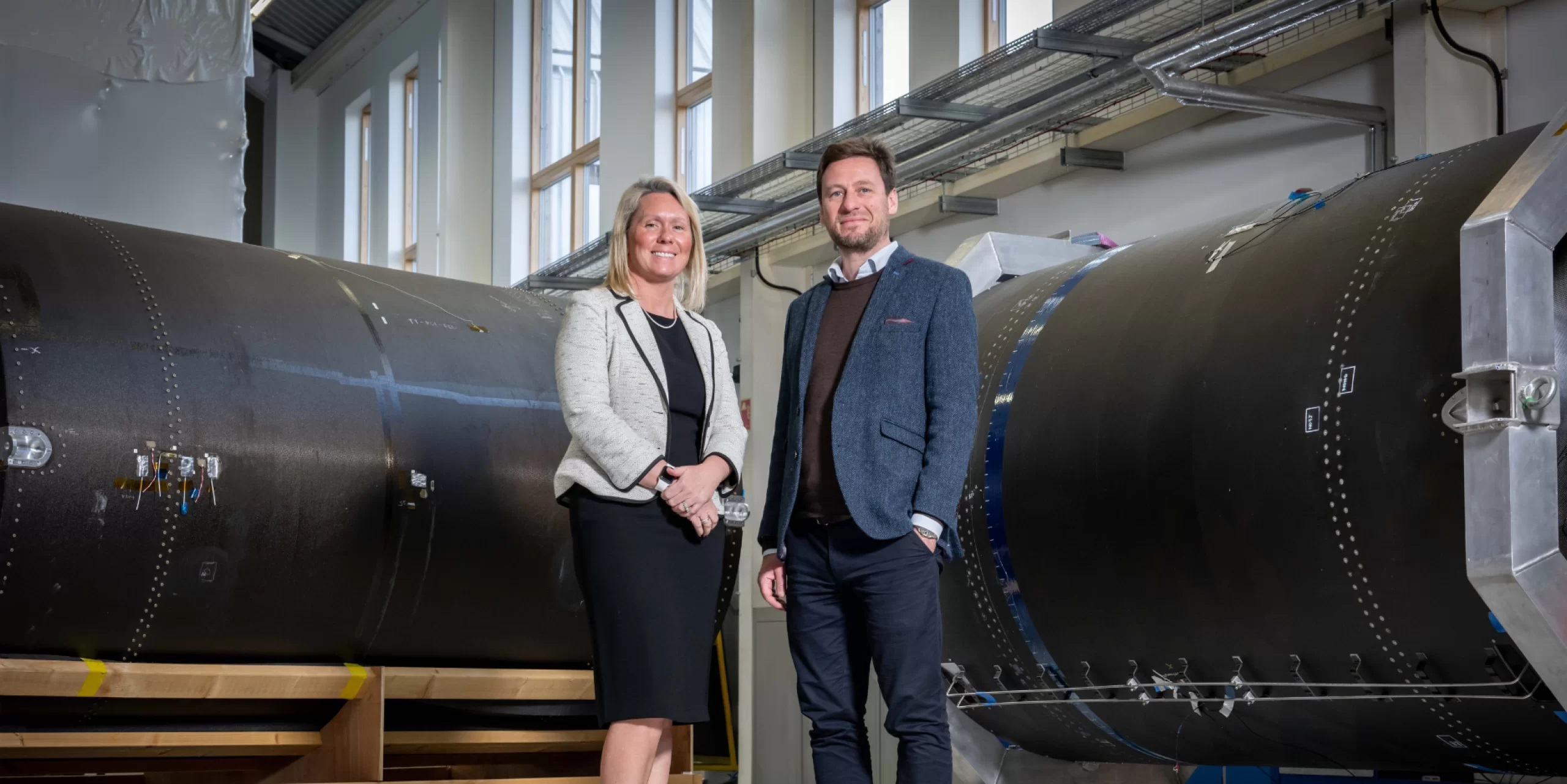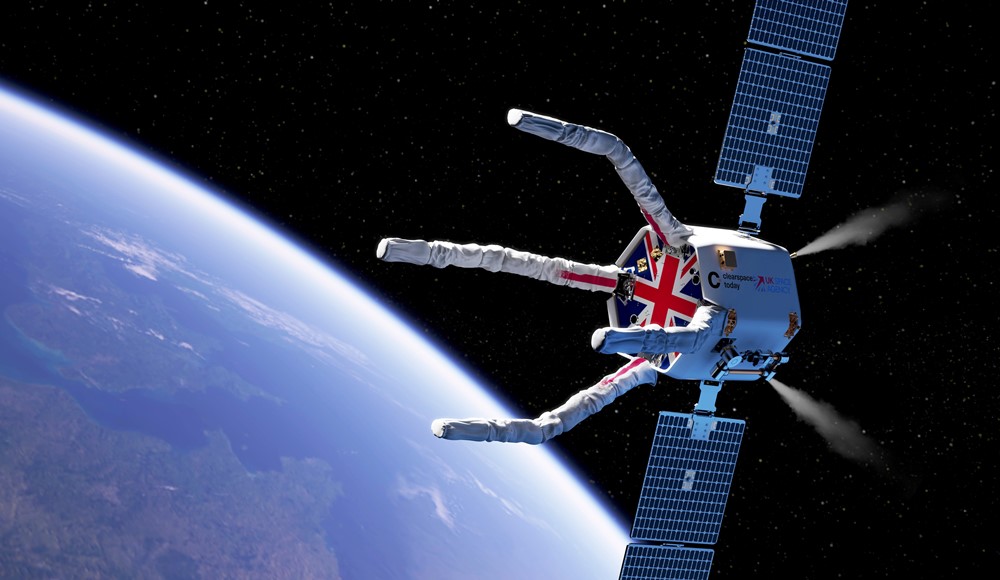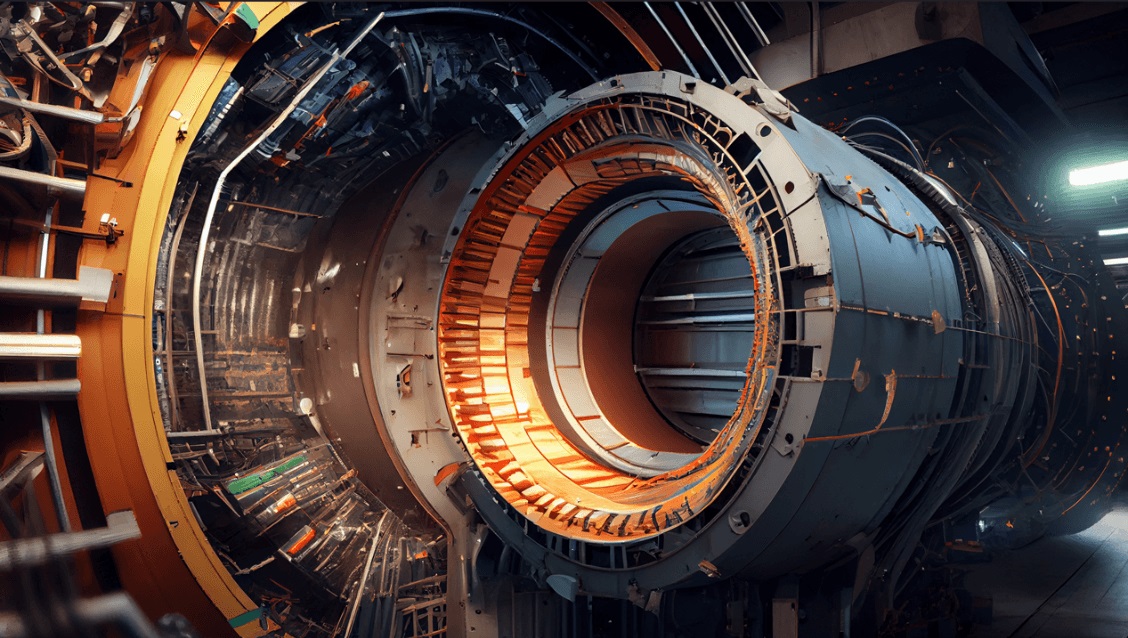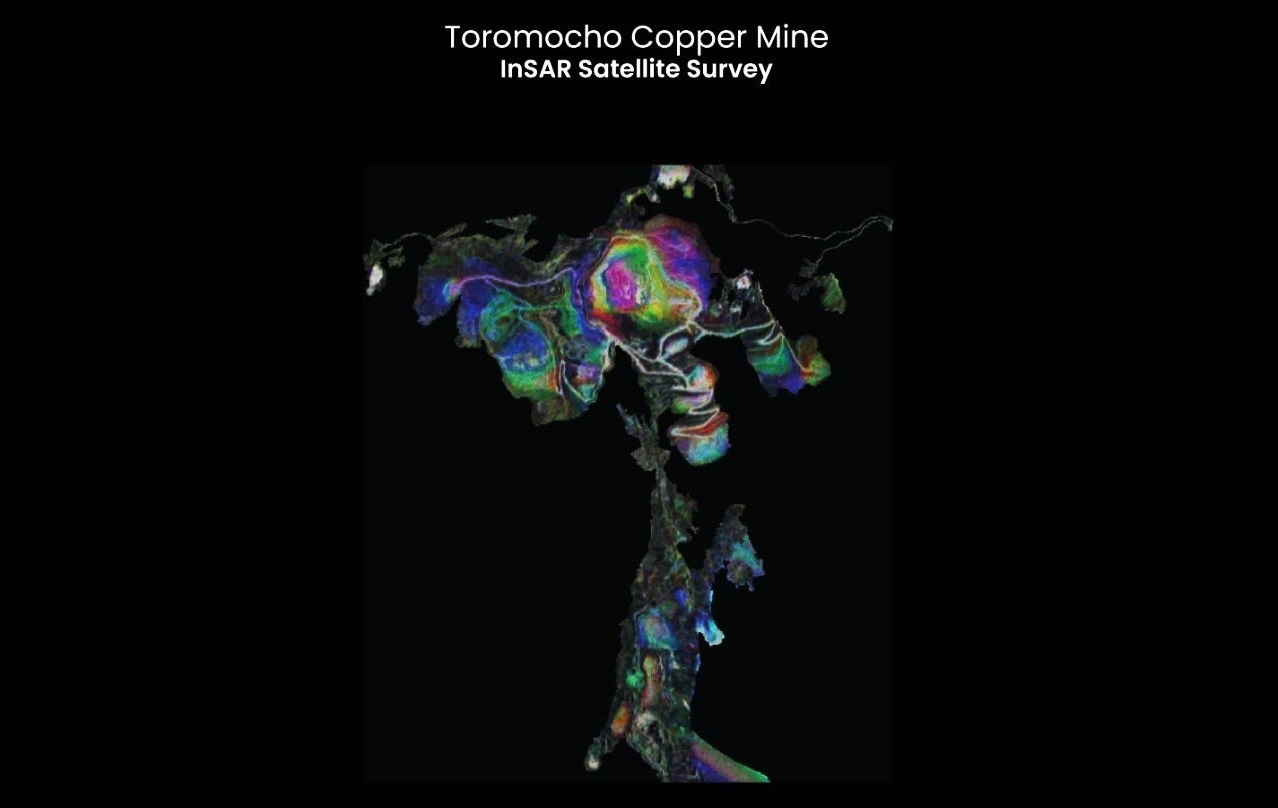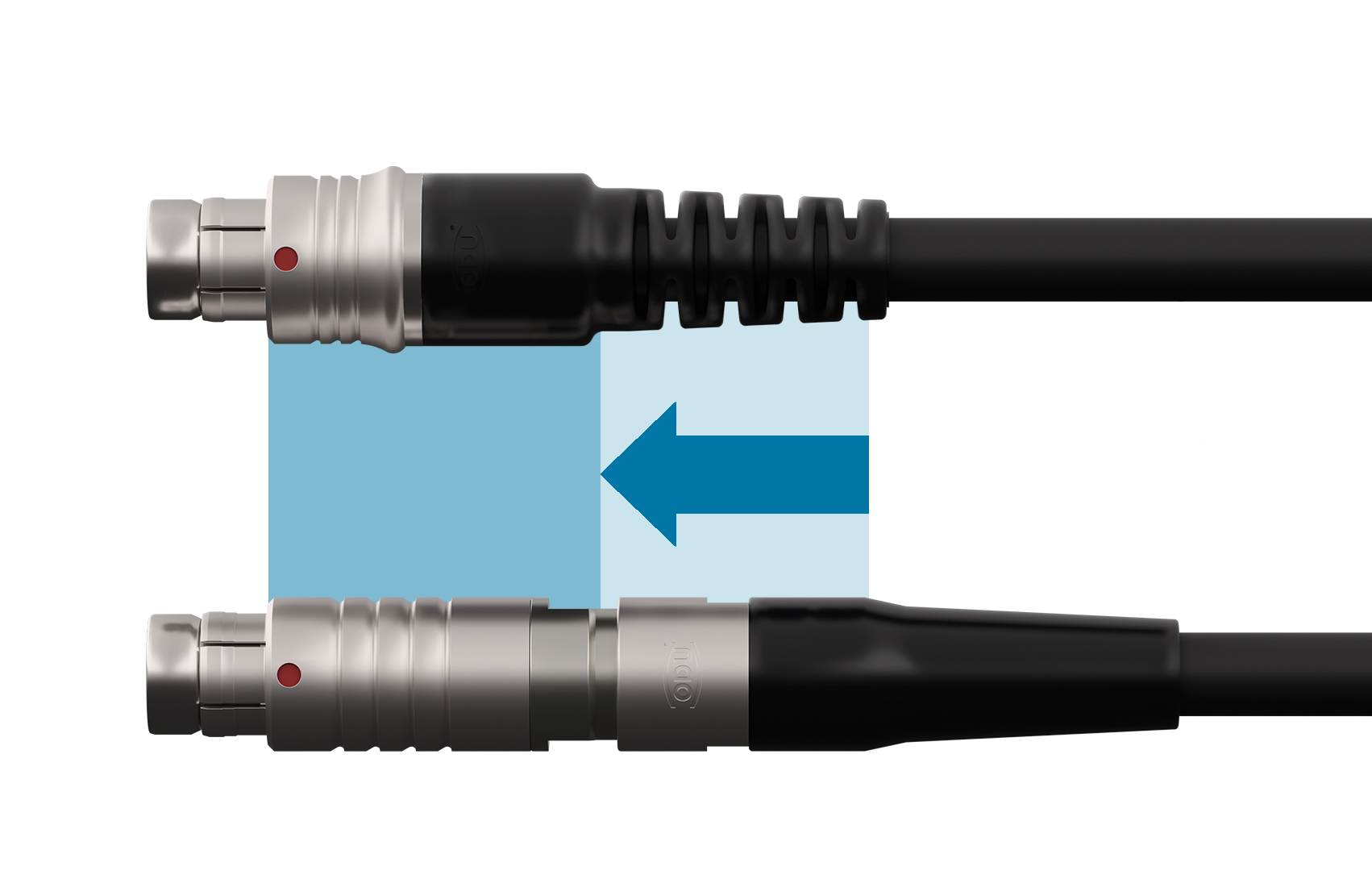Keeping satellites safe

Above:
Tesla sports car floating in space above Earth.
Courtesy SpaceX
The Space Data Association (SDA) is an international non-profit organisation set up in 2009 to help keep space safe. Its 35 satellite operator members share data to coordinate activities and mitigate operational risks, such as collisions between spacecraft or damage from debris.
Musk’s Roadster – complete with dummy astronaut ‘Starman’ – is currently over three million kilometres away, orbiting the Sun, and is unlikely to come back anywhere near Earth until 2091. But there are plenty of hazards in Earth’s orbits that could knock out the satellites powering a multitude of services we now rely on – from communications and meteorology to global transport of goods.
Future benefit
Inmarsat’s Vice President of Satellite Operations, Mark Dickinson, is current chairman of the SDA. “Yes, space is a big place, but responsible satellite operators accept that as well as being well-managed and well-regulated, we should have a mechanism for sustainability for the benefit of future generations,” he said.
The SDA operates a highly accurate automated space situational awareness system, the Space Data Centre, analysing objects travelling in or passing through low, medium and geostationary Earth orbits – active satellites and space debris, including parts of old spacecraft and rocket bodies. The system currently analyses SDA member satellites against other active satellites and debris objects as small as 1m that are 35,786km away in geostationary orbit, but a new generation version will see that reduced to just 20cm.
Data sharing allows the SDA to transmit warnings of potential collisions in time for satellite operators to take action. “Inmarsat typically receives around five or six warning events a month,” said Mark. “The distance of closest approach can seem quite large – around 5km – but there are uncertainties, and even if it is closer we can undertake a collision avoidance action, typically by refining our upcoming planned operations. What is critical is having the time needed to make these changes effective – we like to have at least 48 hours’ warning.”
Space debris
Geostationary orbit, where Inmarsat flies its 13 satellites, is expensive to reach and so isn’t over-populated– yet. There are currently 1,500 tracked objects at geostationary larger than 1m, of which about 450 are active satellites; the rest is space debris. Maintaining this orbital regime is critical for its future long term preservation, stressed Mark. Closer to Earth, there are over twice as many active satellites and some 400,000 objects of 1cm or more which are large enough to damage them.
space debris around the Earth

Above:
Space debris around Earth.
Courtesy ESA
Low Earth Orbit (LEO) is only going to get busier as plans are made for mega constellations of hundreds or even thousands of lower-cost satellites to provide broadband internet and the deployment of many CubeSats, some only tens of centimetres in size, typically without the ability to manoeuvre away from any potential collision.
“Considering the very significant changes coming with new space actors, the SDA will be promoting new operational best practice and international standards to ensure the long term preservation of the space environment,” said Mark.





